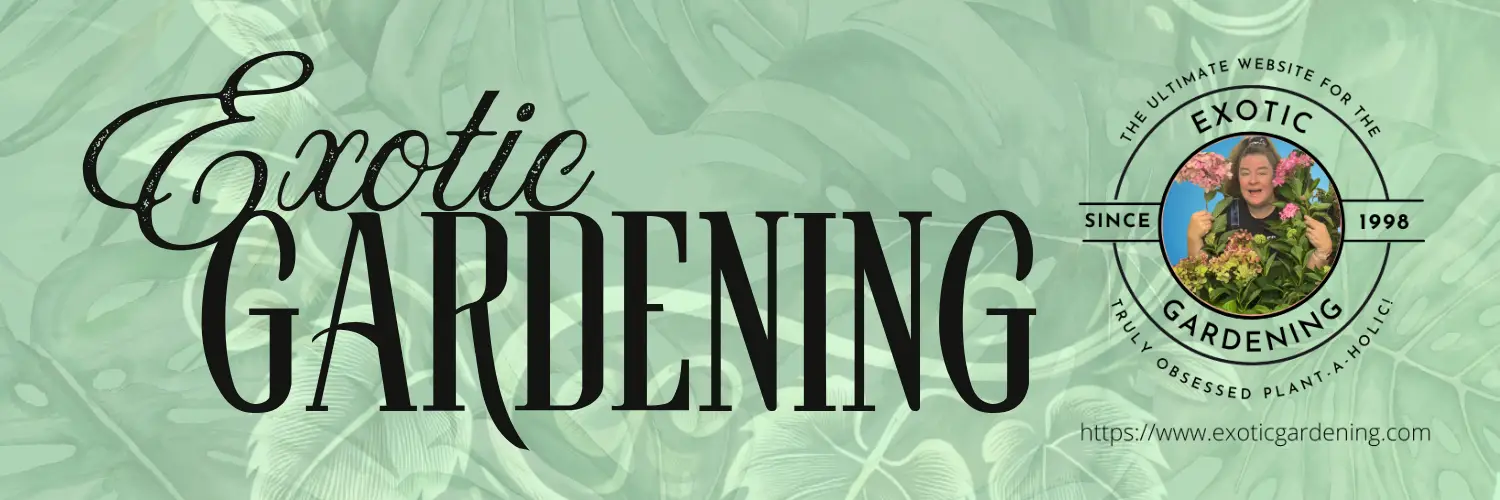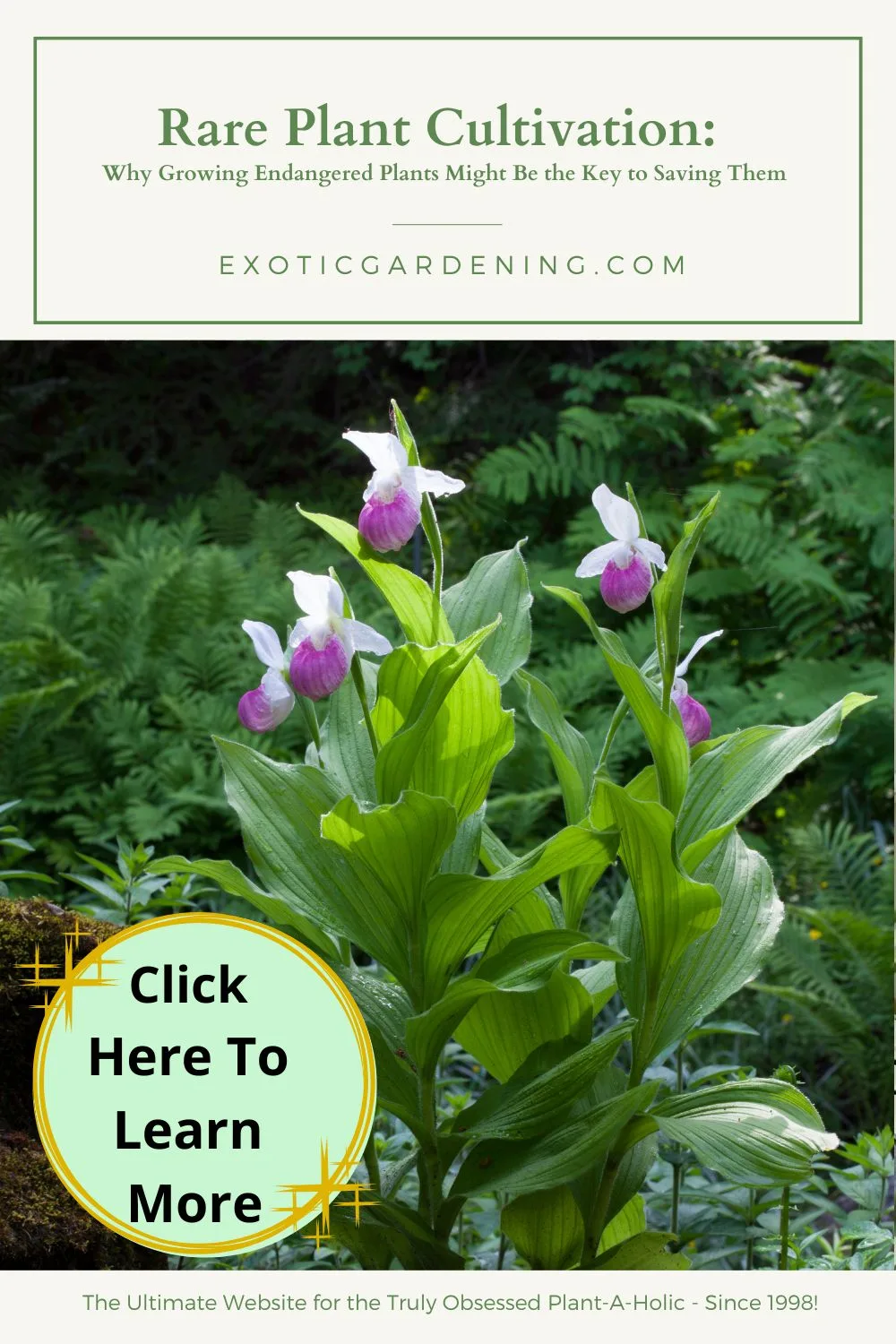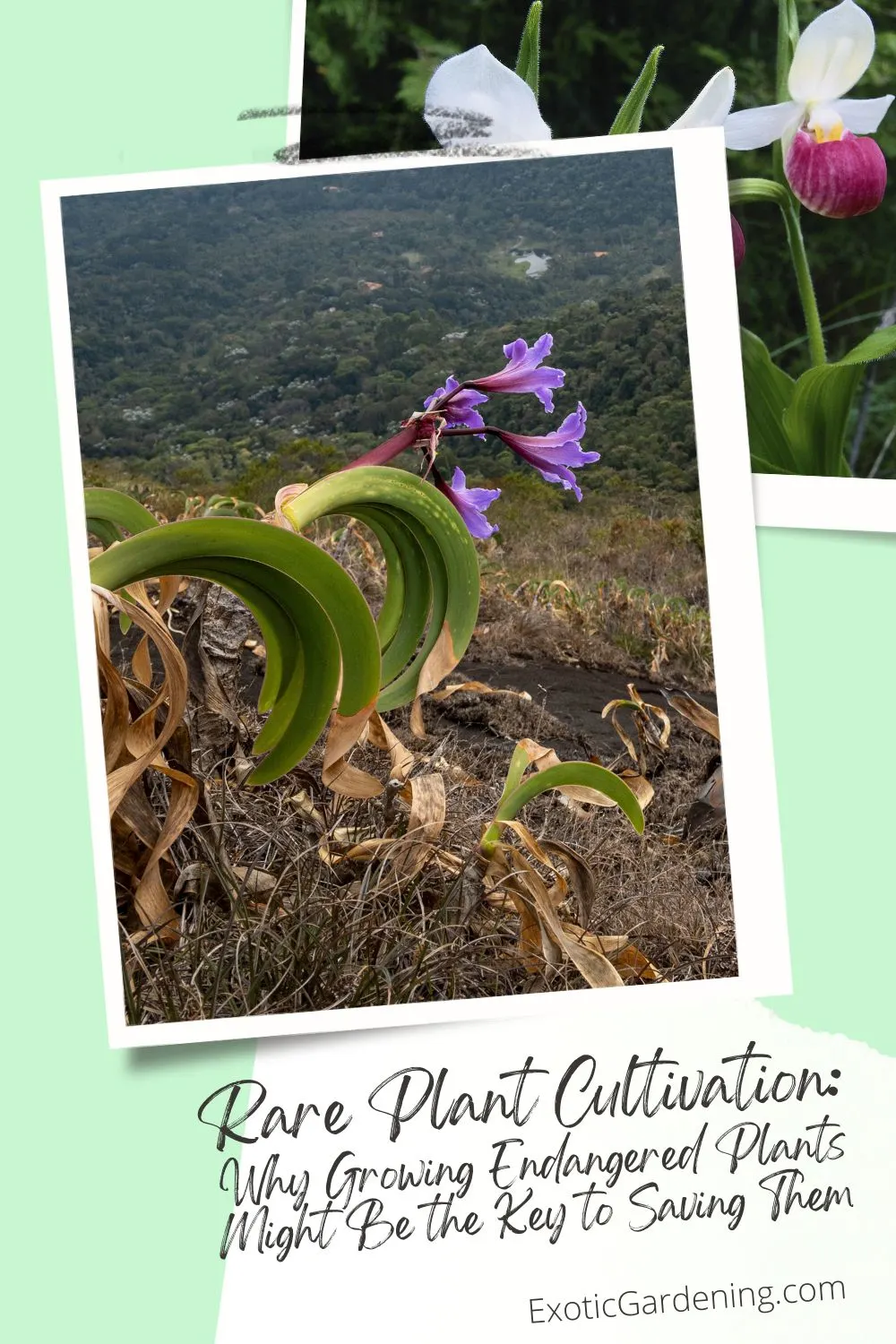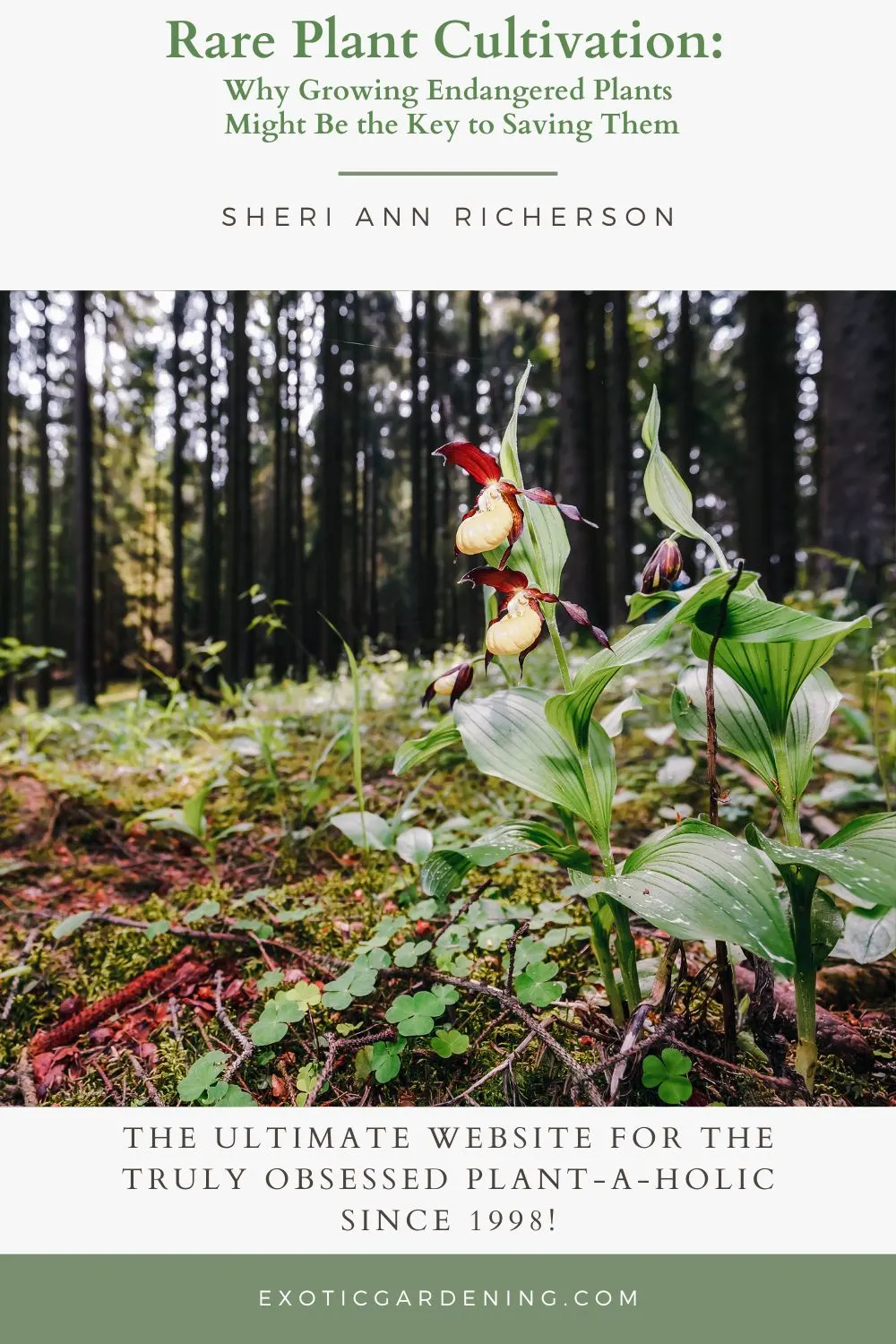Rare plant cultivation isn’t just a hobby—it’s a responsibility, a question of ethics, and in many ways, a hopeful act of preservation.
I’ve thought a lot about this over the years, especially as someone who’s tried to grow everything from Indiana’s native orchids to the elusive Worsleya rayneri, often called the “Blue Amaryllis.”
If you’ve ever held a seedling in your hand and wondered whether you’re helping save a species—or contributing to its disappearance—you’re not alone.
I’ve been there too.
We don’t talk about this enough in the gardening world, but we should.
So today, I want to dig into the complicated, controversial, and yes—beautiful—world of rare plant cultivation.
And I’d love to hear your take too.
Why Are Some Plants So Rare?
Some plants are rare because they’ve always been picky.
They might need just the right soil, temperature, humidity, or even a specific pollinator to thrive.
But more often than not, their rarity is caused by people—either directly through poaching and overharvesting, or indirectly through habitat destruction, pollution, and climate change.
Here in Indiana, for example, we have native orchids like the Small Whorled Pogonia (Isotria medeoloides) that have nearly vanished from their natural habitats.
You can walk through a forest you’ve known all your life and never spot one—because they’re that rare now.
And yet, they once grew wild and free.
Other plants, like Worsleya rayneri, are rare because of their extremely specific growing requirements in addition to the how sought after they are by plant collectors.
I remember getting a bulb and babying it for months—watching every temperature swing and watering cycle.
I’ll be honest: it didn’t survive.
But I learned a lot.
And I started to think: maybe rare plant cultivation isn't about owning something exotic.
Maybe it's about helping something fragile stay alive.
The Ethical Dilemma: Cultivate or Leave Alone?
This is where things get sticky.
A lot of people believe rare plants should never be removed from the wild—period.
And I get it.
There’s a real fear that if too many people go digging or cutting, the wild populations won’t stand a chance.
But on the other hand, I’ve seen rare plants thrive in cultivation when their natural habitat no longer exists or is too damaged to support them.
I’ve also seen laws that are meant to protect these plants end up making things worse—because once a plant is on a protected list, its value skyrockets, making it a target for thieves.
So where’s the line?
I believe that ethical rare plant cultivation—done responsibly, from seed or lab-grown specimens—can be a vital tool in conservation.
It gives us a chance to study, propagate, and maybe even restore species that would otherwise disappear.
But it has to be done right.
The Laws You Need to Know
If you’re thinking about growing rare plants, it’s important to understand the legal side.
There are international rules like CITES (Convention on International Trade in Endangered Species) and national regulations that protect certain species from being collected or traded without permits.
Even seeds can be restricted.
If you’re importing rare seeds, you might need a phytosanitary certificate or an import permit.
Ignoring these laws, even unknowingly, can result in fines—or worse, loss of your plants at the border.
That said, there are plenty of reputable nurseries and seed banks working within the law to propagate rare plants for gardeners like us.
Supporting those sources instead of shady sellers on eBay or Facebook Marketplace is one way we can vote with our dollars for ethical plant care.
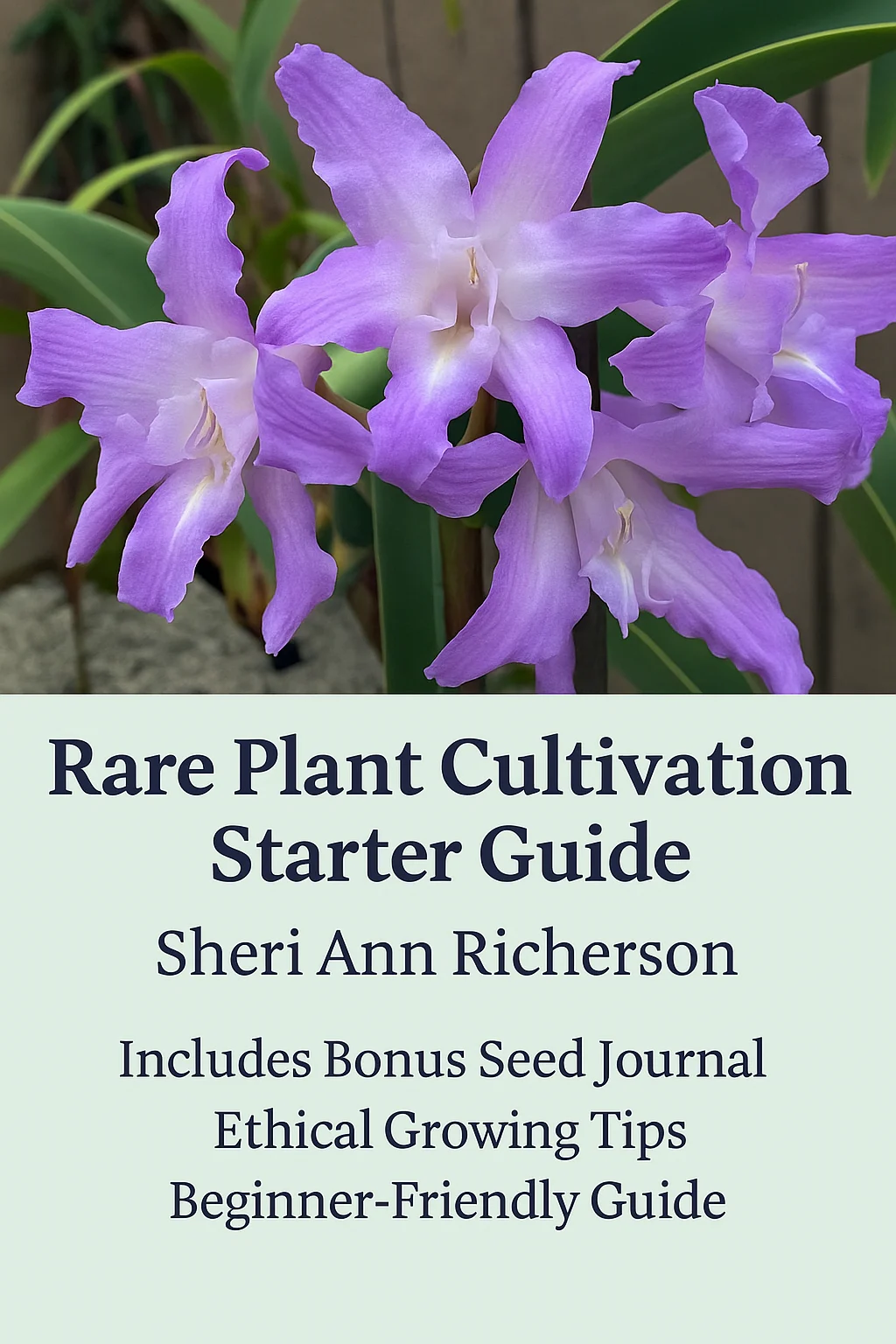
🌱 Want help getting started with rare plant cultivation?
💌 You’ll get it instantly when you sign up for my Exotic Gardening newsletter.
Seed vs. Plant: What’s the Better Way?
This is a question I get asked often, especially by beginner growers.
Should you grow from seed or buy a plant?
Honestly, seed is almost always the better option—especially from a conservation standpoint.
It allows for genetic diversity and, if sourced ethically, doesn’t damage the wild population.
It’s also deeply rewarding.
There’s something magical about nurturing a rare plant from a tiny speck into a thriving specimen.
That’s why I keep a seed journal—to document every success, failure, and unexpected bloom.
On the flip side, growing from seed takes time, and not every rare plant is easy to germinate.
Tissue culture and micropropagation offer another solution—plants cloned in labs, specifically for sale and conservation.
These are sterile, lab-grown, and often come with certifications showing they’re ethically produced.
When Cultivation Goes Wrong
I’ll admit—there have been times I got it wrong.
Years ago, I picked up a rare orchid from a plant swap.
It wasn’t labeled, and I didn’t know enough to ask questions.
Later I found out it was wild-collected.
It still haunts me.
Not because I did anything intentionally wrong, but because I didn’t do the research first.
That experience taught me to dig deeper.
Now, I keep records, ask questions, and choose my sources carefully.
And I encourage others to do the same.
Because at the end of the day, it’s not about collecting—it’s about caretaking.
When we grow rare plants responsibly, we’re not just adding something beautiful to our gardens.
We’re playing a small but powerful role in keeping a species alive.
💚 Ready to try rare plant cultivation in your own garden?
Sign up below and get my printable Seed Journal + Rare Plant Starter Guide – completely free.
Includes care logs, tips, and a few of my favorite seed sources.
Let’s make your garden part of the conservation movement.
How You Can Make a Difference
Here’s what I tell every gardener who asks how they can help protect rare plants:
-
Grow legally sourced rare plants. Your garden could become a safe haven.
-
Keep records. Document where your plant came from, how it’s growing, and what you learn.
-
Share knowledge. Talk about the importance of ethical cultivation. Post about it. Teach others.
-
Support botanical gardens and conservation projects. Many of them rely on small donations and volunteer efforts from people like us.
And maybe most importantly—don’t be afraid to fail.
Every rare plant grower I know has had a few heartbreaks.
That’s part of it.
But we learn.
We adapt.
And sometimes, we even bloom.
Let’s Talk
I want to hear your thoughts—really.
Have you ever grown a rare plant?
Do you think cultivation is helpful or harmful?
What questions do you have about doing it ethically?
Drop a comment below.
This is a conversation worth having—and your opinion matters.
Together, we can preserve plant diversity, one seedling at a time.
